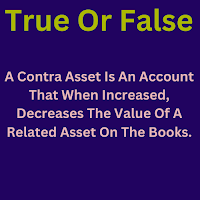A Balance Sheet Shows Cash, $75,000; Marketable Securities, $110,000; Receivables, $90,000; And $225,000 Of Inventories. Current Liabilities are $200,000. The Current Ratio Is 1.375 to 1.

Answer Of True Or False Question Current Ratio is calculated as Current Assets divided by Current Liabilities for the period. If the current assets are more than then the company can easily meet its short-term debts. If current ratio is equal to 1, then it means that the company all the current assets are used to offset current liabilities. If the current ratio is more than 1, then the company has more current assets to meet current liabilities. If the company has current ratio less than 1 then the company has not enough current assets to meet current liabilities. It is “False” as proved from below calculation: We know Current Ratio is equal to the following formula: Current Ratio = Current Assets / Current Liabilities) Here: Current Assets = Cash + Marketable Securities + Accounts Receivable + Inventories By putting the value, we have: Current Assets = $75,000 + $11,000 + $90,000 + $225,000 = $500000 Current Liabilities = $200,000 ...

.png)



